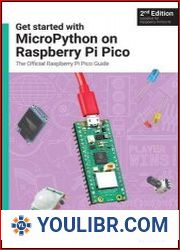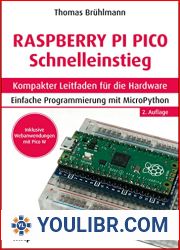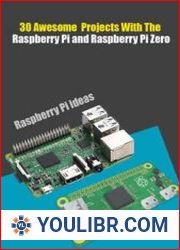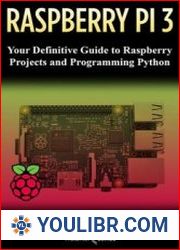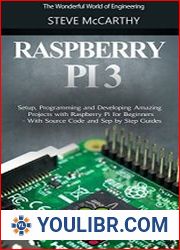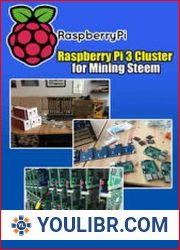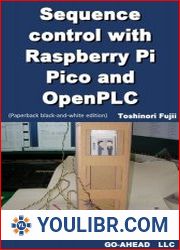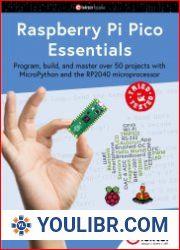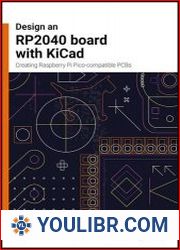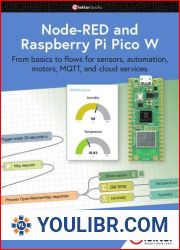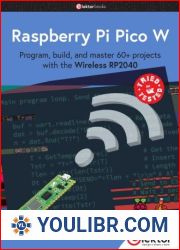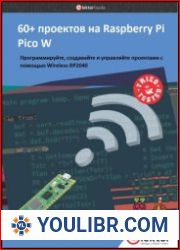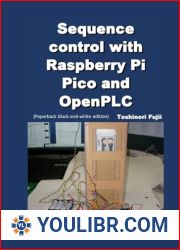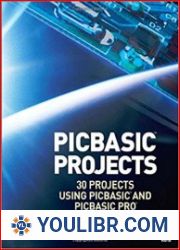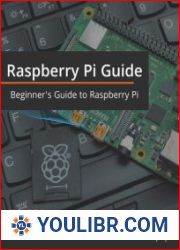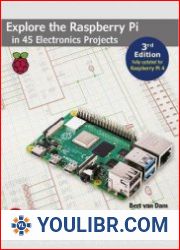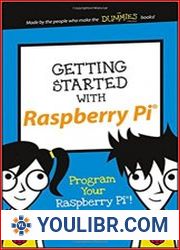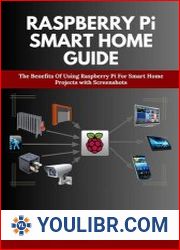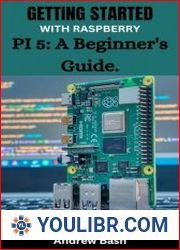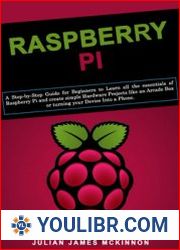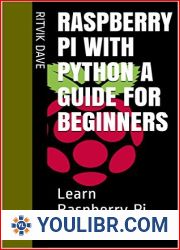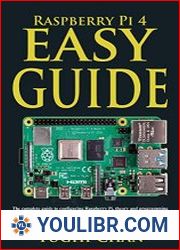
BOOKS - Raspberry Pi Pico Very Basic C language version (Paperback colour edition)

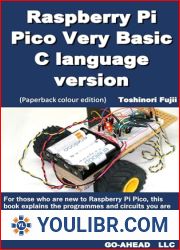
US $5.62

911820

911820
Raspberry Pi Pico Very Basic C language version (Paperback colour edition)
Author: Toshinori Fujii
Year: May 20, 2024
Format: PDF
File size: PDF 27 MB
Language: English
Year: May 20, 2024
Format: PDF
File size: PDF 27 MB
Language: English
This is the paperback colour edition of Raspberry Pi Pico Very Basic C language version.Please note that this is the same content as and "Raspberry Pi Pico Very Basic C language version and ".1.Introduction When it comes to microcontrollers, Arduino UNO, Raspberry Pi and MicroBit are used. The MicroBit is probably the least demanding of these, as the software to be written to the MicroBit microcontroller can be written in three main ways, or in blocks as in Scratch. Another commonly used microcontroller is the Arduino UNO from the Arduino series. This microcontroller is similarly available with the Arduino IDE C software, which can be downloaded free of charge. As these microcontrollers are widely used by many people, a lot of information is available on the web, and this information makes them much easier to use. Now, the Raspberry Pi is a bit harder than these two microcontrollers. This is because the Raspberry Pi Pico-specific C software is not immediately available. Therefore, the C language of the Arduino IDE is used to set up a relatively simple execution environment. Unlike the Raspberry Pi, the Raspberry Pi Picoo described in this manual is not a PC, but is treated like an Arduino or MicroBit you write the program on your PC and write the program from your PC to the microcontroller. Writing can be done via USB, so it is easy to operate. The Raspberry Pi Pico W is also Wifi enabled. This allows you to study the IoT. It is also relatively cheap compared to other Raspberry Pi's, around $1000, and if it breaks, it will be less of a shock. For those who are new to Raspberry Pi Pico, this book explains the programmes and circuits you are likely to use most often, from lighting LEDs to how to control it using Wifi communication. Use this book as a starting point to learn more about the Raspberry Pi Pico.Table of Contents1.Introduction 2.Raspberry Pi 2.1 Raspberry Pi Pico W 2.2 Installing the C language3. Raspberry Pi 3.1 Displaying and "Hello World and " 3.2 Displaying the four arithmetic operations 3.3 Entering and displaying characters 3.4 Calculating and displaying variables 3.5 Increment operators 3.6 Bitwise operators 3.7 Binary, octal and hexadecimal numbers 3.8 Computing real numbers 3.9 Adding a comment 3.10 Branching and repetition 3.11 Iteration 3.12 Arrays 3.13 Character strings 3.14 Function4.Elements for the experiment (1)LED (2)Resistance (1 4W) (3)Breadboard (4)Jumper wire (5)Piezoelectric speaker (6)Servo motor (7)Variable resistors (8)CDS cell (9)Full-colour LEDs5. Experiments with Raspberry Pico 5.1 Experiments with lighting LED 5.2 Switch experiment 5.3 Piezoelectric speaker experiments 5.4 Servo motor experiments 5.5 Communication experiment 5.6 Experiments with Sensors6.WiFi experiment of Raspberry Pi Pico 6.1 Setting up WiFi on Raspberry Pi Pico 6.2 Communication Test with WiFi 6.3 IoT with WiFi on the Raspberry Pi Pico 6.








